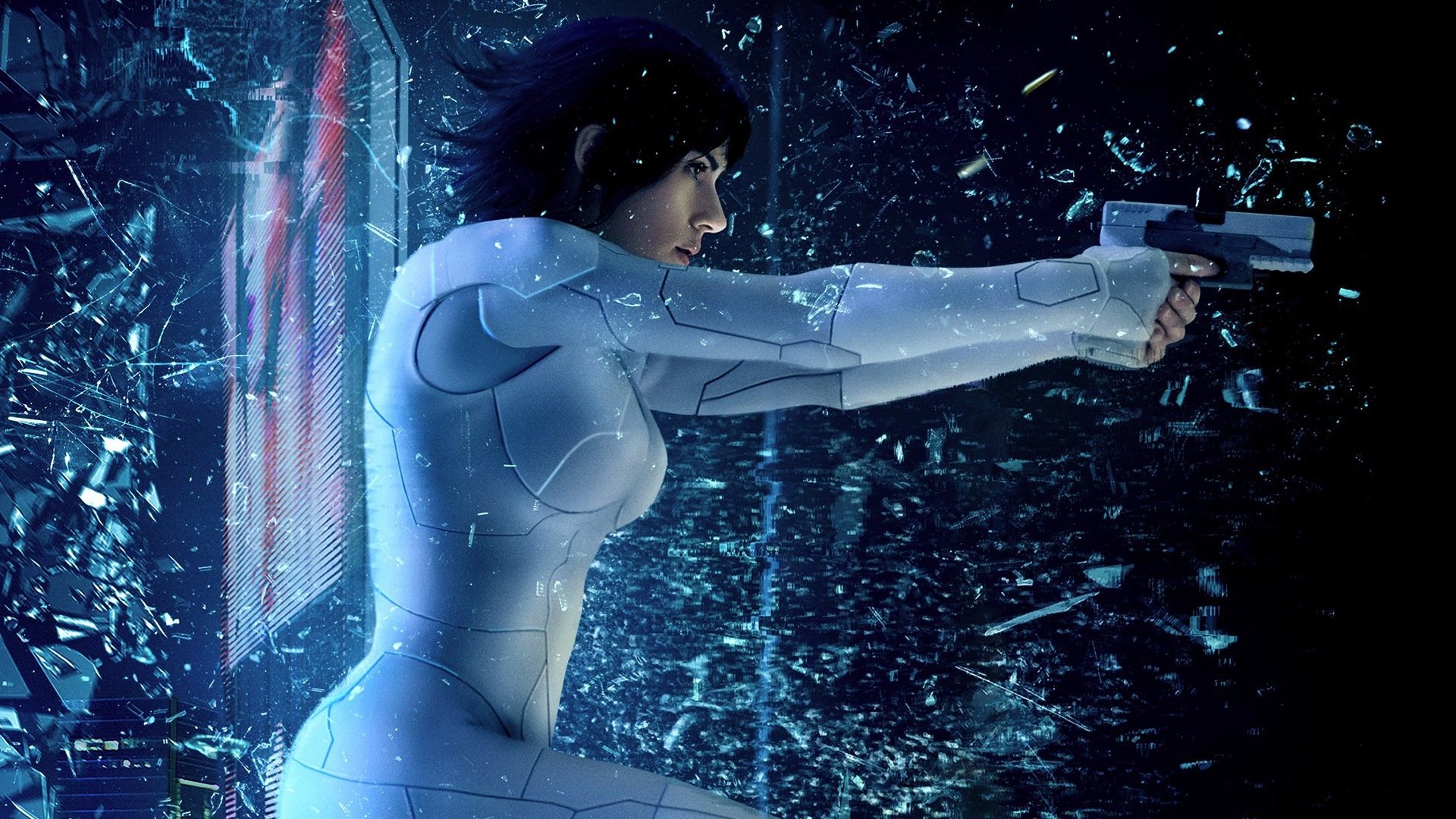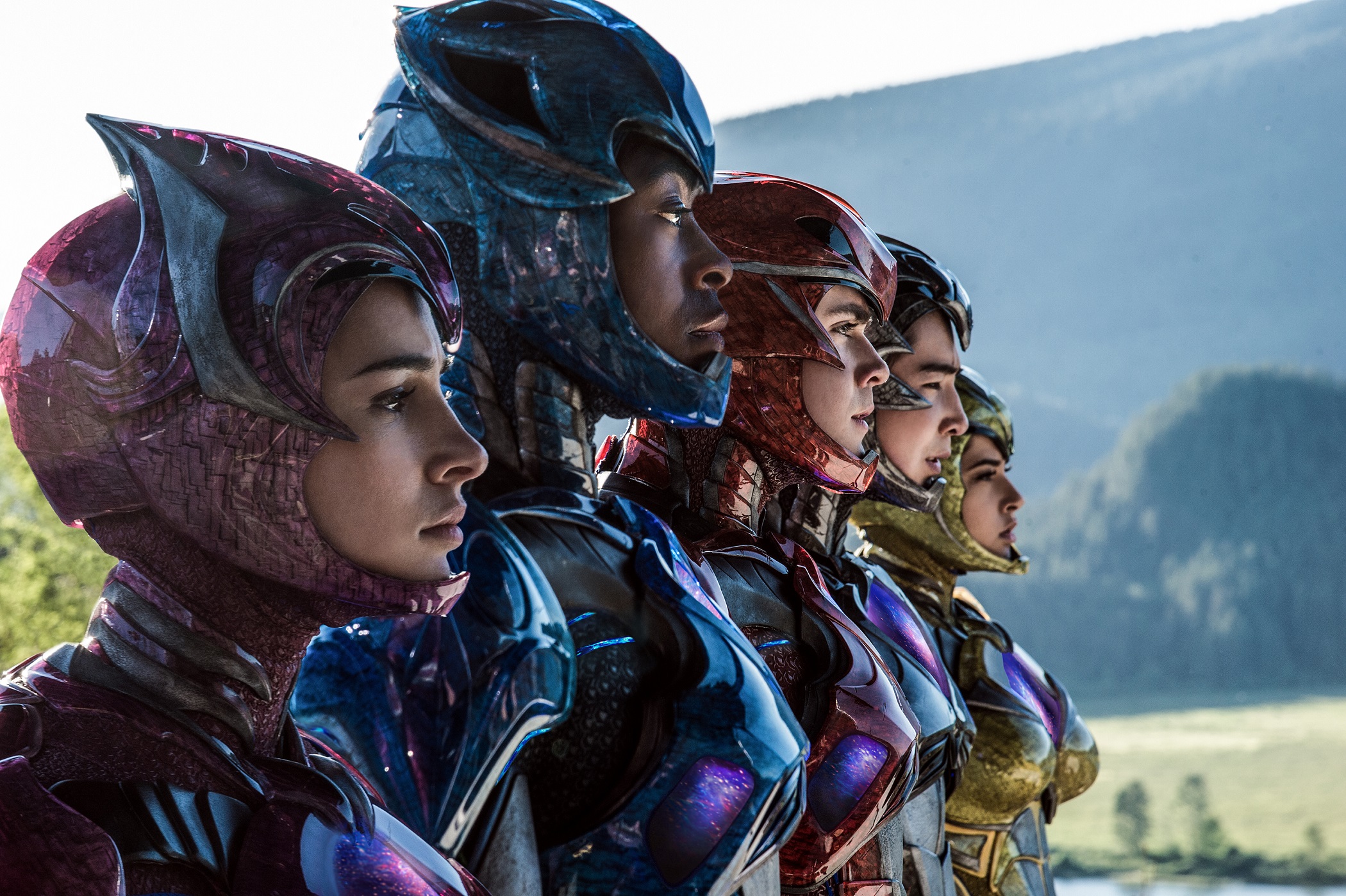Barry Lyndon sits – along with early works Fear
and Desire and Killer’s Kiss – among the least seen of Stanley Kubrick’s
handful of films, a prisoner to its length (at three hours plus intermission,
longer than 2001), a shifting critical reputation and the place it occupies in
the director’s own filmography, between the more notorious A Clockwork Orange
and The Shining. Revived this week to tie in with Somerset House’s new Kubrick
exhibition, it still looks more experiment than complete success, seizing upon
a text that might have made for trad heritage cinema only to attempt something
entirely contrary with it.
The big idea
– and it’s such a droll one it rather plays into the hands of those mistakenly
accusing Kubrick of having little discernible sense of humour – is that, for
three hours, we will be deposited in the company of a passive no-mark known as
Redmond Barry (Ryan O’Neal), boyish drip turned adult lush, as he’s set adrift
on the winds of 18th century fate. For the first half, matters will
broadly go in his favour; in the second, they don’t.
This,
clearly, is Kubrick going his own way once again, determining to construct a
lavish epic around a figure who is not notably likable or heroic. In his better
moments, Barry merely resembles a fop or twerp, in his worst a negligible
parasite or monstrously opportunist sociopath. The compensation has always been
that the film looks good: exteriors
by Gainsborough, Hogarthian interiors lit by candles enough to fill out the
average branch of Anthropology.
While Barry
remains a non-entity, there’s ample surrounding incident. The backdrop of
Britain’s Seven Years War against European forces has renewed resonance in
2016, but also adds a few new shades to the director’s gallery of onscreen
conflict: to the agonised mud and grit of Paths of Glory and the hellzapoppin’
satire of Dr. Strangelove, Lyndon addends the Sealed Knottery of columns of men
in tricorn hats being mowed down by gunfire. (This may be as close as we’ll
ever get to seeing Stanley’s planned Napoleonic epic.)
And there’s
detectable skill in Kubrick’s marshalling of his performers, particularly those
character actors (Leonard Rossiter, Pat Roach, Patrick Magee) the hero bounces
off. O’Neal’s matinee-idol blankness is fine for what Kubrick was aiming for,
but a little of it goes a very long way: by the time the director is cutting
between Barry and the haughty beauty of Marisa Berenson’s Countess in search of
a spark of passion, it’s laughable – we’re watching two catalogue models
wondering whether they’ve left the iron on in their dressing rooms.
The bigger
problems are those of shapelessness and affectlessness. Barry Lyndon isn’t
heading anywhere at any particular speed: it could go on for three hours, or
three centuries, in the same first gear, with the same classical cues (light
years removed from 2001’s musical dynamism), in which time the central
character might pass from Redmond Barry to Barry Lyndon to Tom Ripley to
Leonard Zelig to Patrick Bateman to James Franco.
It would be
the same story, hammering the same points into the ground: that life is a
crapshoot, and some lives are blanks. And yes, Kubrick’s film is very clever in
the way that flies in the face of so much moral and sentimental education. But
it’s still a fidgety three hours, however you parse them: the kind of film
cinephiles have desperately squinted to see greatness in, lest they have to
concede that a great director is as capable of directing a dull film as any
hack. And I write that as someone who finds Eyes Wide Shut fascinating.
(MovieMail, July 2016)
Barry Lyndon is available on DVD through Warner Home Video.











